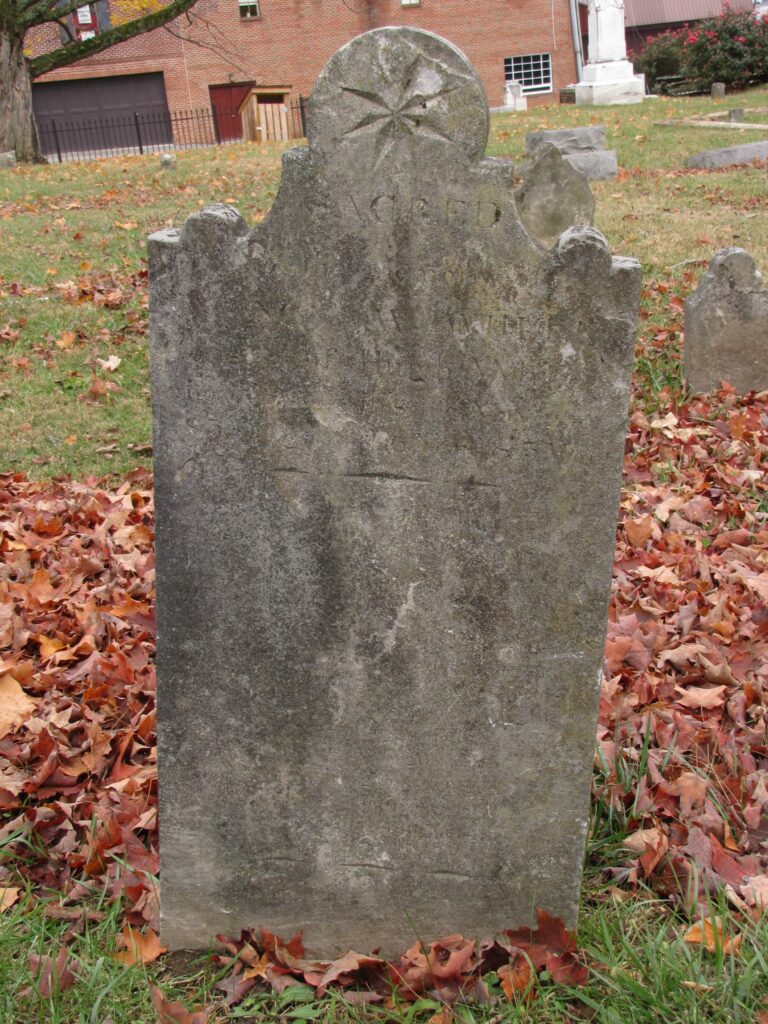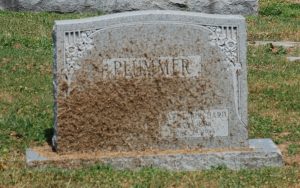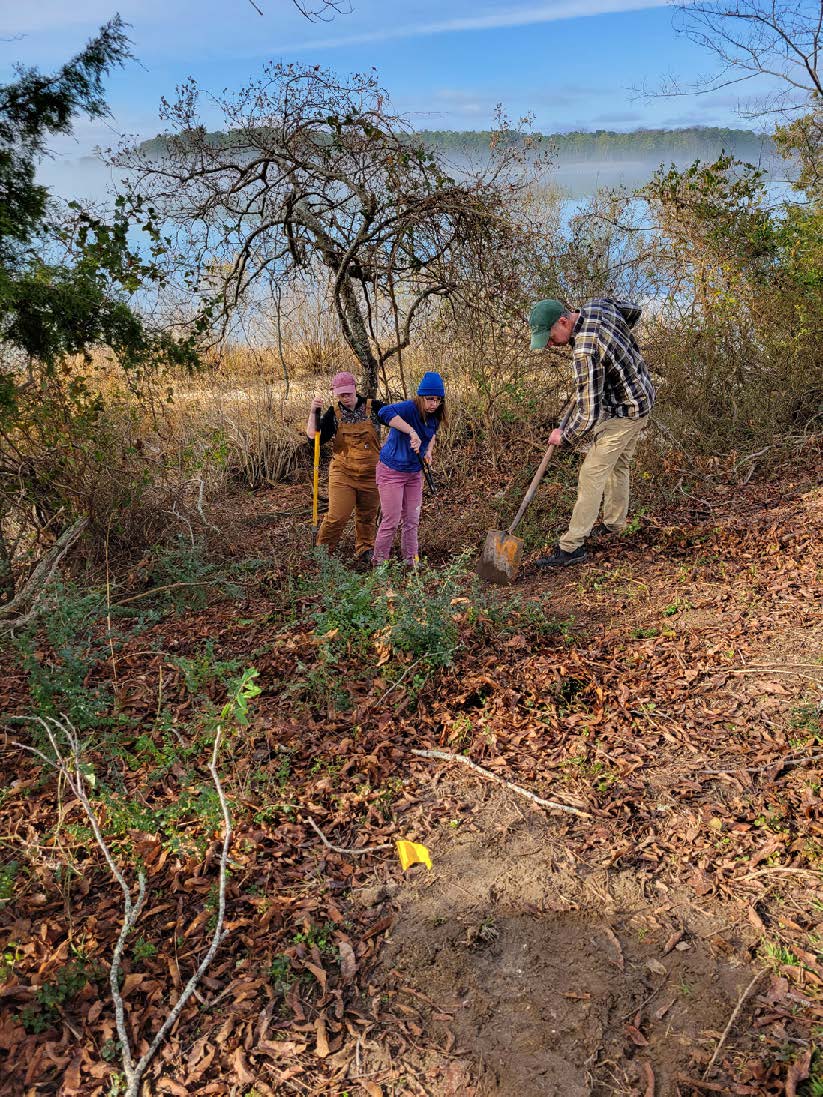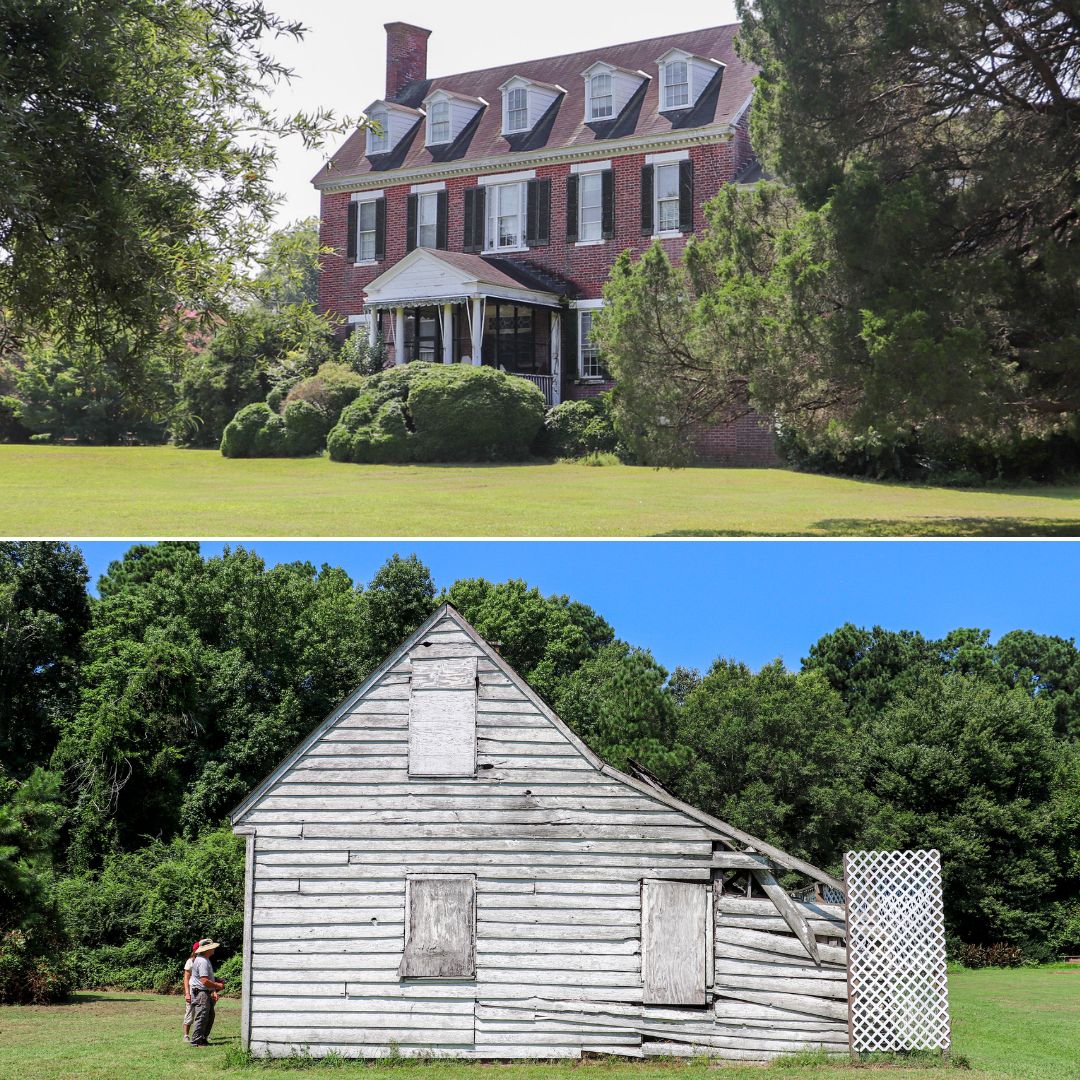Cemetery Conservation: Side Effects of Best Intentions


Seeing an old gravestone covered in dirt, lichen, moss, and innumerable other encrustations, stained, pitted, broken and off kilter, begging to be taken care of, makes us taphophiles yearn to grab our scrub brushes and pruning shears and get to work.
There will be time for many conversations in forthcoming newsletters about cemetery preservation. Let us start with something very basic that many laypeople and those new to caring for gravestones might not know and those who have been doing preservation tasks for years might have forgotten: cleaning gravestones damages them.
That’s right. Every time someone cleans a gravestone, they cause some damage, even the professionals. Stone and metal seem indestructible, especially when those who are cleaning them are diligently careful and use gentle chemicals and methods. The problem is that cleaning gravestones results in human-made erosion. Over time, with many cycles of cleaning, the gravestone is worn away. A little bit of the stone is removed every time we clean it, so we have to remember to clean in moderation.
Whenever you make a decision to clean gravestones, keep in mind that cleaning causes damage. Before you dive in, ask questions such as these:
- Is there a reason to clean the stones right now such as a church anniversary, a visit from a genealogical group, or maybe it is finally time for the regularly scheduled cleaning?
DHR recommends cleaning stones every five to ten years. This allows for periodical removal of moss, lichen and dirt, without causing unnecessary damage through cleaning more regularly.
- - Do we have good documentation before we start cleaning?
Knowing that cleaning can cause damage, photographing the stones before you clean them is very important, and then if anything unexpected happens, you will at least have some documentation. It is also a good idea to write down what you can see written on the stones, front and back, before cleaning in case any of the writing or iconography becomes less visible once it is cleaned. Documentation after cleaning is also important so that if anything has become visible it is photographed and recorded.
- - Do we know the correct methods for cleaning the gravestones in our cemetery?
If the answer is “no” or “I don’t know,” then you should talk to a professional first! We are more than happy to help you find an expert who can give you advice. Feel free to contact us at gravematters@dhr.virginia.gov, if you need help with your cemetery.
Cleaning your cemetery’s gravestones is an important part of preservation. Cleaning them too often can have long-term disastrous effects that may create future preservation issues and cause the loss of important personal, historic, and genealogical information. Making cleaning a part of an overall maintenance plan is critical, but consideration should be given about the frequency of such activity as well and the types of stones in your cemetery.
(Please note that the photos in this blog illustrate problems common to any historic cemetery; for that reason, we do not identify the cemeteries where these photos were taken.)
–Katherine Ridgway
DHR Conservator
Division State Archaeology










